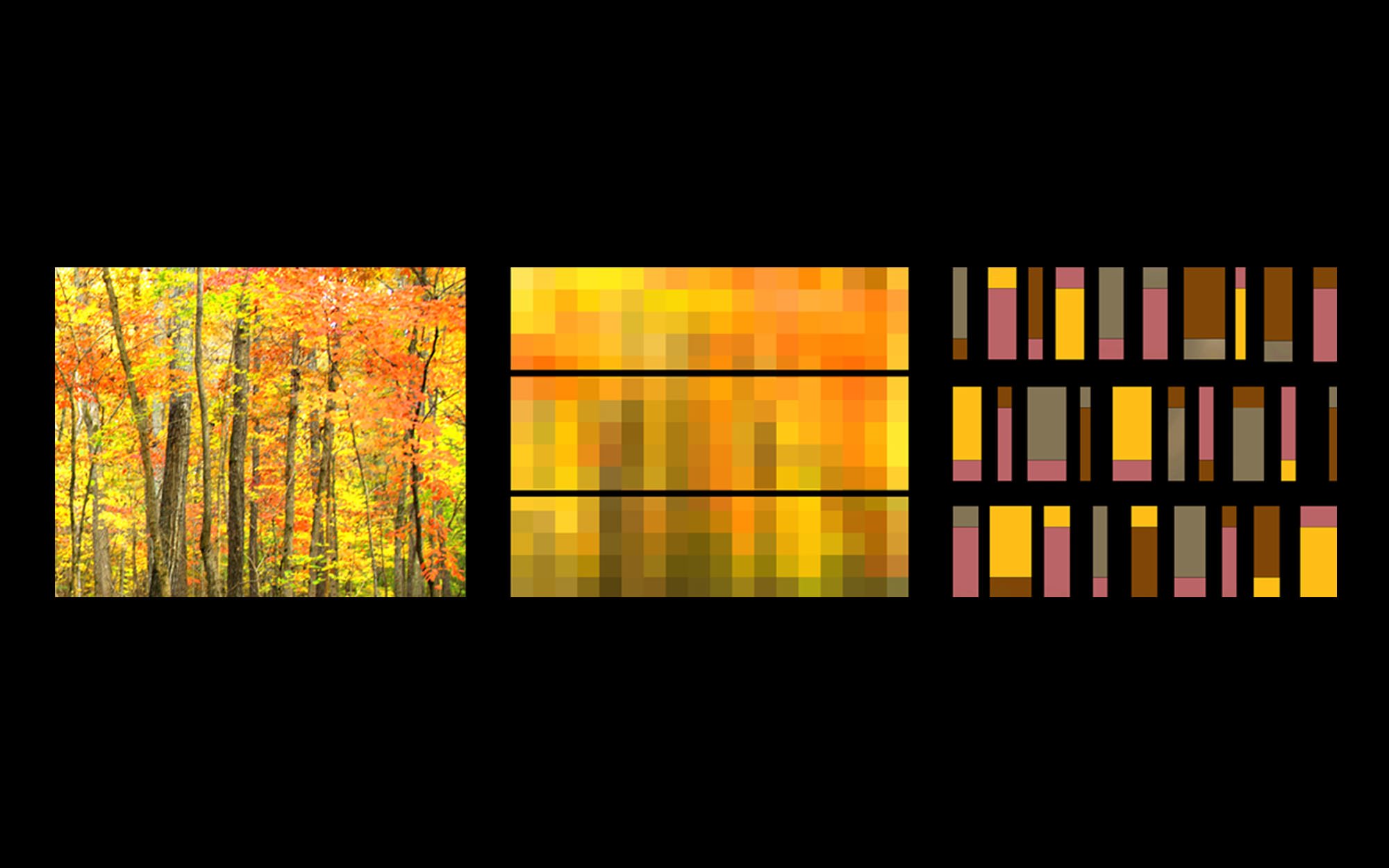camoflauge house - green lake wisconsin
The Camouflage House sits on a steep lake bluff, its narrow, linear volume nestled into the hillside. Approaching the house from the rugged access road weaving through the site’s heavily wooded plateau, the building’s faint, low-slung silhouette virtually disappears in the surrounding vegetation. With its precisely detailed exterior wood skin and interior wood paneling, the house achieves an elegant clarity and rustic warmth that nevertheless avoids bucolic sentimentality.
Informed by careful conceptual studies of the most striking features of the context, a complex system of façade layers wraps around the building’s geometrically disciplined volume. Throughout the house, the superimposition of natural and man-made wood components – natural cedar, resin-based wood veneer panels, glue-laminated posts and beams, exposed MDF paneling – illustrates the wide range of aesthetic and functional characteristics of wood, celebrating the material’s inherent tensions between durability and temporality, perfection and imperfection, nature and technology. The base façade layer is clad in untreated vertical cedar and serves as the backdrop for a series of polychromatic wood veneer resin panels that reverberate the ever-changing hues of the surrounding deciduous trees. The panels overlap with the strict base grid of the building’s exposed structural columns, echoing the rhythmic shift between tree trunks as one moves through the forest. Over time, the cedar walls will weather to a silver-gray, while the wood veneer panels will retain their original color and pristine finish.
The inside of the house, while unapologetically contemporary, continues Wisconsin’s long history of lake cottage architecture, which has traditionally featured exposed timber construction, interior wood siding, combined living and dining halls centered around a fireplace, and a limited palette of natural materials. Meticulously detailed, the entire entry level of the Camouflage House is clad with clear-sealed MDF panels, held apart by reveals that accentuate the structural rhythm of the house and align with the exposed engineered wood beams above.
From the small clearing of the entry court, the low roof plane of the open breezeway connecting house and garage leads to a linear, glazed foyer that penetrates the two-story bar building and terminates into a partially covered balcony with spectacular views of the lake. Stairs connect to the lower level, which is fully exposed on the lake side and houses all bedrooms, providing access to the zero-edge bluff terrace that stretches along the entire length of the building and to the master bedroom “grotto,” an intimate outdoor space between the western edge of the house and the site’s imposing rock formation. On the upper level, kitchen, dining and living functions occupy an open space that can extend into the adjacent spacious screen porch by retracting the large, foldable glass door system separating the two. Throughout the spring, summer, and fall, the screen porch functions as the home’s lung, taking advantage of the mild lake breezes.
The main volume of the house is a simple post-and-beam structure based on a strict 48” o.c. baseline. The exposed glue-laminated roof beams are supported by 4x6 wood posts. 2x6 stud walls fill in the structural frame and provide lateral strength. 1 1/8” thick plywood spans between the roof beams and cantilevers over the building edge to allow for an exceptionally thin roof line.
The design is based on a set of sustainable components and materials to minimize the building’s environmental impact. The specified lumber products are native and sourced locally, or are FSC-certified, depending on their availability. Walls achieve an R-30 insulation value with soy-based expanding foam insulation, and all windows are Energy-Star rated. Roofing membranes contain recycled rubber. Throughout the house, low-VOC sealers and paints were specified. The concrete used for foundations and for the exposed floors and walls has a high fly ash content.
















